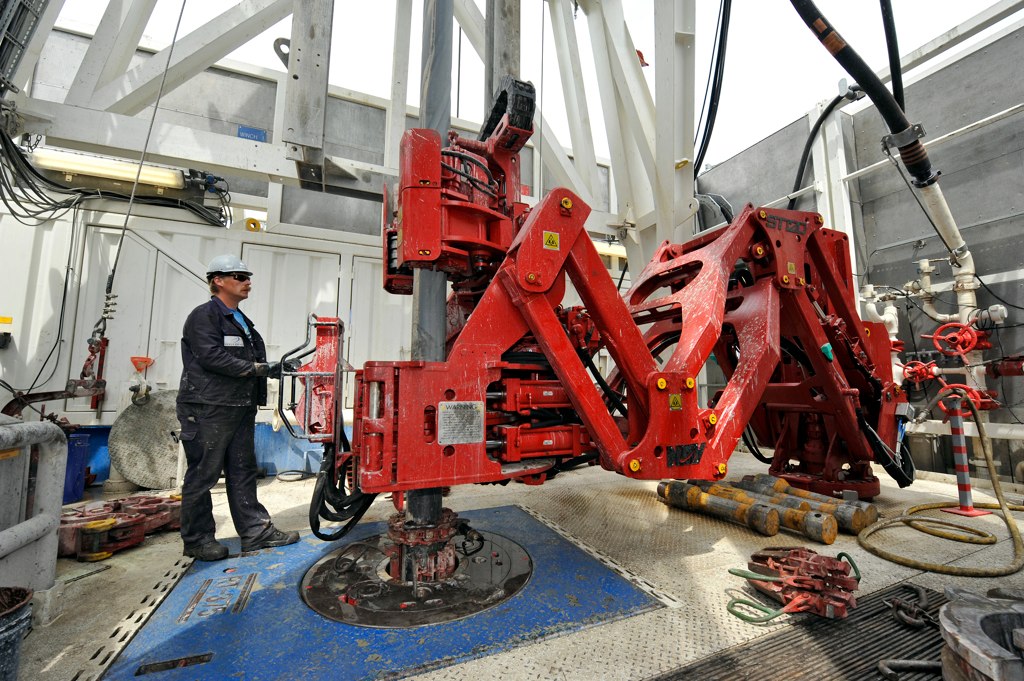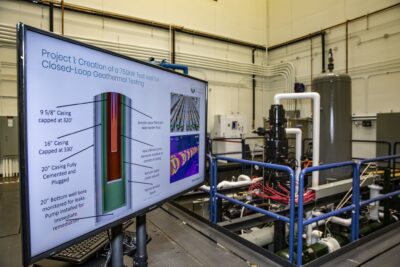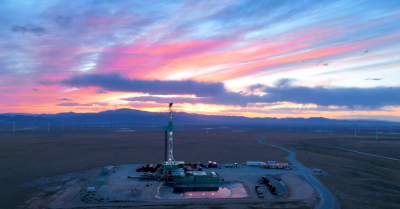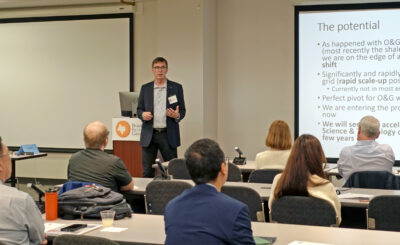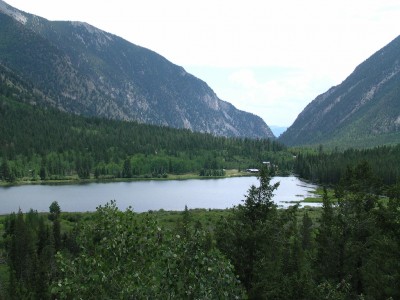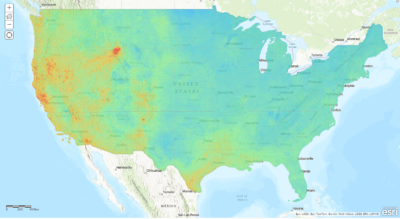New directional drilling technology for geothermal projects to help withstand higher temperatures
Under funding by the U.S. DOE's Geothermal Technologies Office, Baker Hughes has been developing and successfully demonstrated an advanced drilling system to withstand high temperatures in drilling for geothermal resources.
The U.S. Department of Energy and its Geothermal Technology Office have shared details about new drilling technology funded under its programs that could help equipment withstanding higher temperatures in geothermal projects.
The immense heat in the depth of geothermal reservoirs are often difficult to deal with for developers trying to tap those through drilling. “For example, engineers seeking to tap geothermal resources often encounter extreme temperatures, extreme pressures, and crystalline rock formations. That’s where highly advanced drilling technologies and techniques—pushing the envelope of what can be achieved in conventional drilling operations—come in.
To overcome these challenges, Baker Hughes Incorporated, a global oilfield services company, with investment from the Geothermal Technologies Office (GTO), developed and successfully demonstrated an advanced drilling system designed for these critical conditions. This technology can drill directionally at extremely high temperatures (~300°C). The system uses a high-temperature lubricant in the drilling fluid, a full metal drill bit to break the formation, and a full metal drilling motor known in the drilling industry as a “metal-to-metal motor”. Last month, Baker Hughes successfully directionally drilled with this innovative system in a deep geothermal well. In fact, the metal-to-metal motor operated for a continuous 270 hours – the longest time that a system like it has ever operated.
Because of its reliability in extreme subsurface conditions, the successful deployment of this drilling system could have far-reaching impacts. Not only does this technology advance the state of geothermal technologies and open more geothermal resource areas for development (including the immense Enhanced Geothermal Systems resource), other subsurface sectors such as fossil and nuclear energy are ready to embrace this recent development. These sectors can leverage the work funded by the geothermal energy sector for their own gains.
The energy resources that this breakthrough could make available to developers will be immense and difficult to calculate, and the potential economic impacts are currently undefined. Expanding Enhanced Geothermal Systems alone could eventually lead to more than 100 gigawatts of economically viable electric generating capacity in the continental United States—enough to power more than 100 million homes.
As the geothermal, oil and gas, and nuclear industries adopt this cutting-edge technology throughout the nation’s energy portfolio, Baker Hughes and GTO’s research in drilling technology could help put our nation on a path toward improved energy security and a stronger economy.
Source: U.S. DOE
